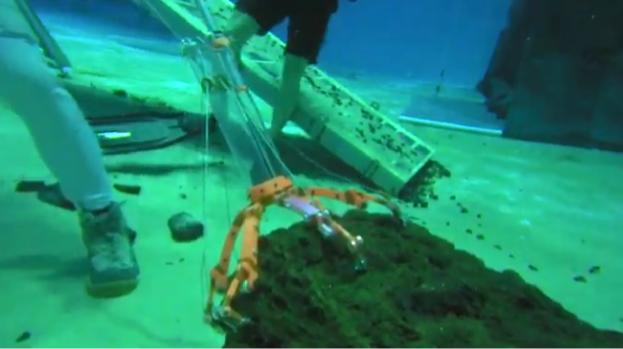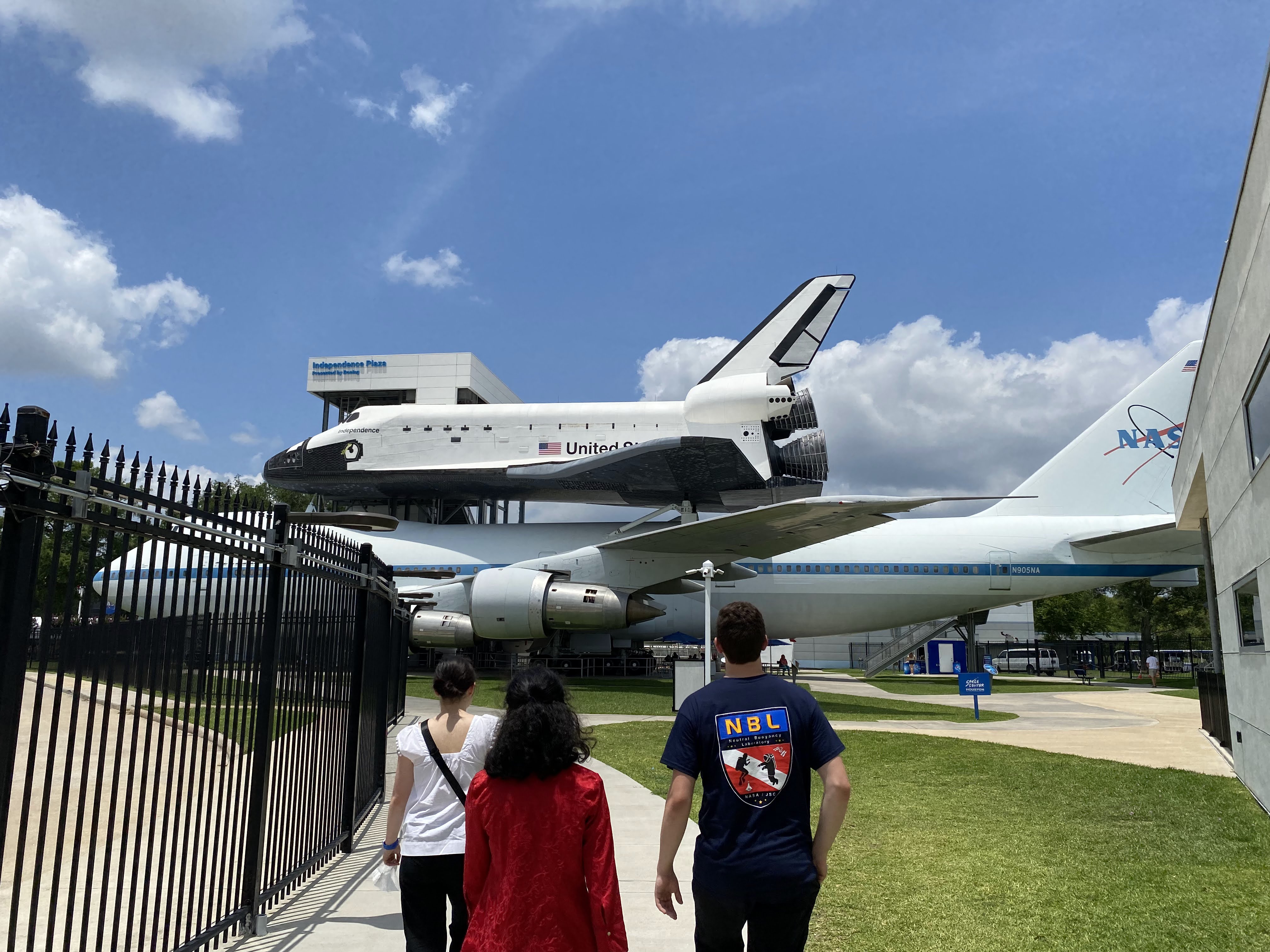Micro-g Update 2022 posted in microg
June 22, 2022
CSI’s 2022 Micro-g tool, LionLatch, was designed as a gripping and anchoring mechanism for use on the lunar surface during NASA’s upcoming Artemis missions. This year’s challenge asked teams to design and manufacture an anchoring mechanism able to provide holding force on a variety of objects with different types of faces. The mechanism was required to work in the dusty, microgravity environment of the lunar surface, and had to be purely mechanical, not utilizing any sort of electronic aid or chemical adhesion.

In designing this year’s tool, the LionLatch team focused on the astronaut experience, endeavoring to create a design that was simple to use and that required minimal effort to actuate. The design, which can be used comfortably from a standing position, is manipulated with one simple pull of a handle. It consists of six identical legs, dubbed “macrospines” for their likeness to traditional microspine technology. Each leg has several joints that can navigate around rocks of varying sizes and textures, as well as a roller to aid in the actuation process. All six are pulled into a gripped position by passive spring forces acting on each joint, meaning there’s no need for astronauts to actively grip their targets. The pads on the end of each macrospine are also coated in gecko gripper material, which leverages biomimicry and Van Der Waals forces to provide non-sticky friction during the gripping process.

After a year’s worth of design, development, and manufacturing, the LionLatch team traveled to NASA’s Neutral Buoyancy Laboratory (NBL) in Houston, TX in June 2022. Over the course of testing week, we toured NBL facilities, gave presentations on our design, and worked alongside a diver to test our design in the NBL pool’s simulated microgravity. Our time in Houston was a rewarding learning experience, and we’re thankful for the opportunity to learn from seasoned engineers and to see many crucial aspects of NASA firsthand! It was a satisfying end to a successful year, and we’re grateful for the feedback we received, conversations we were a part of, and individuals we met. Until next time!
– Team LionLatch
Liked that post? Check out the mission page
